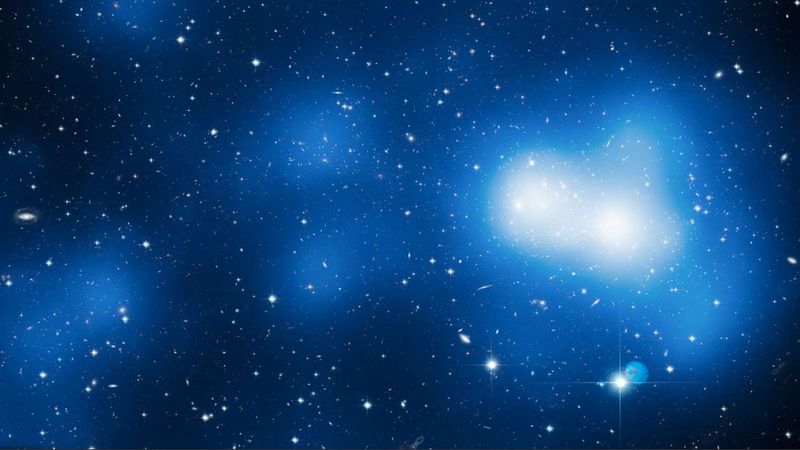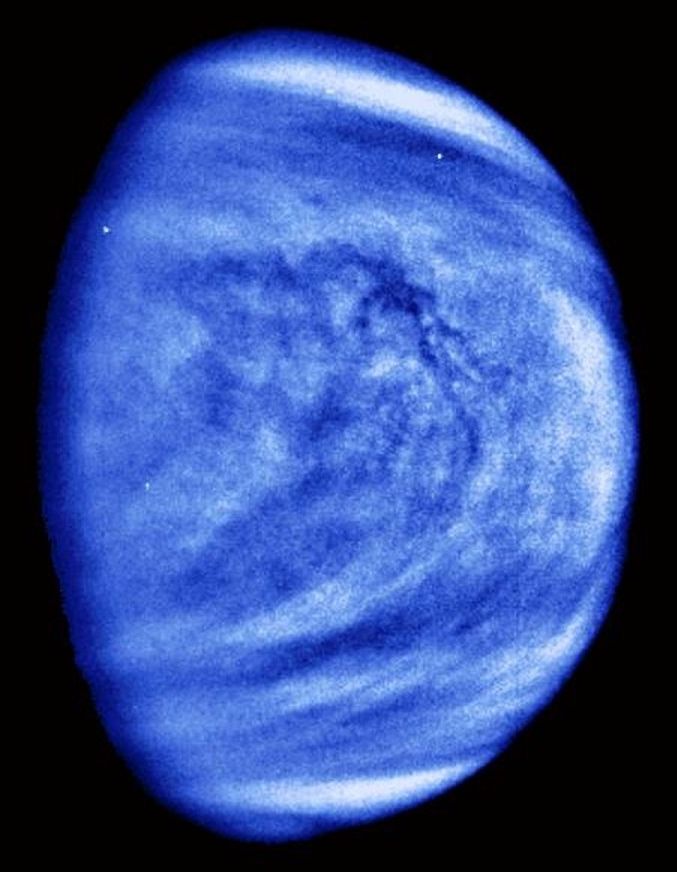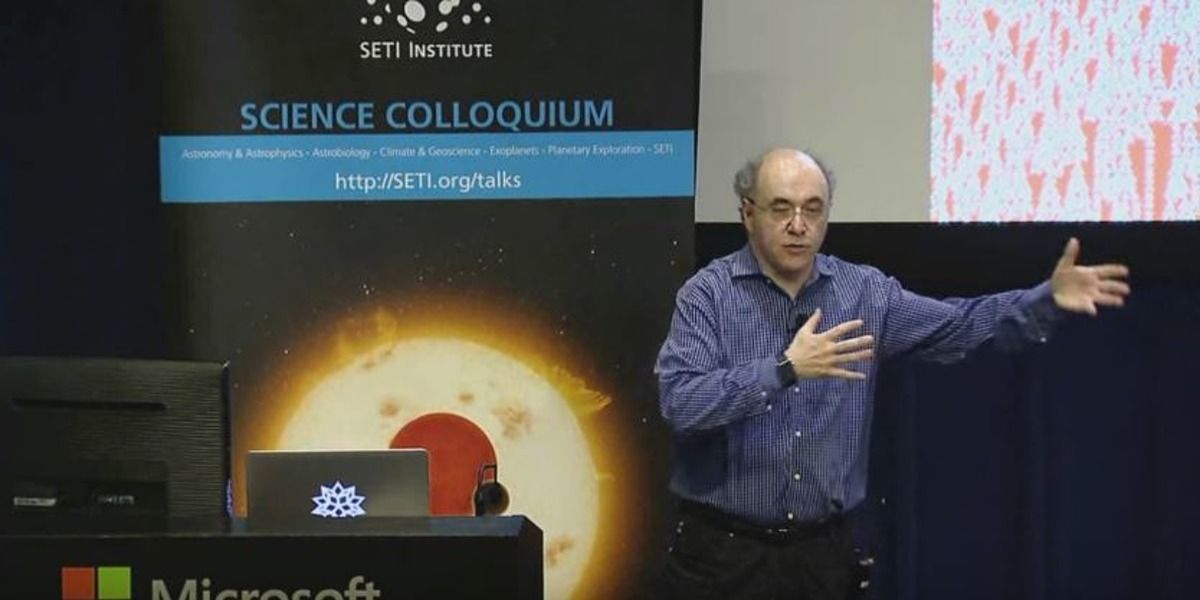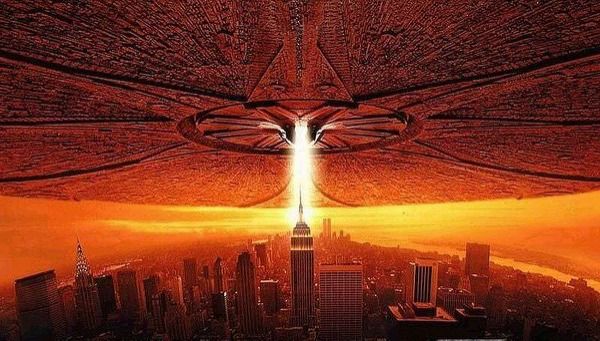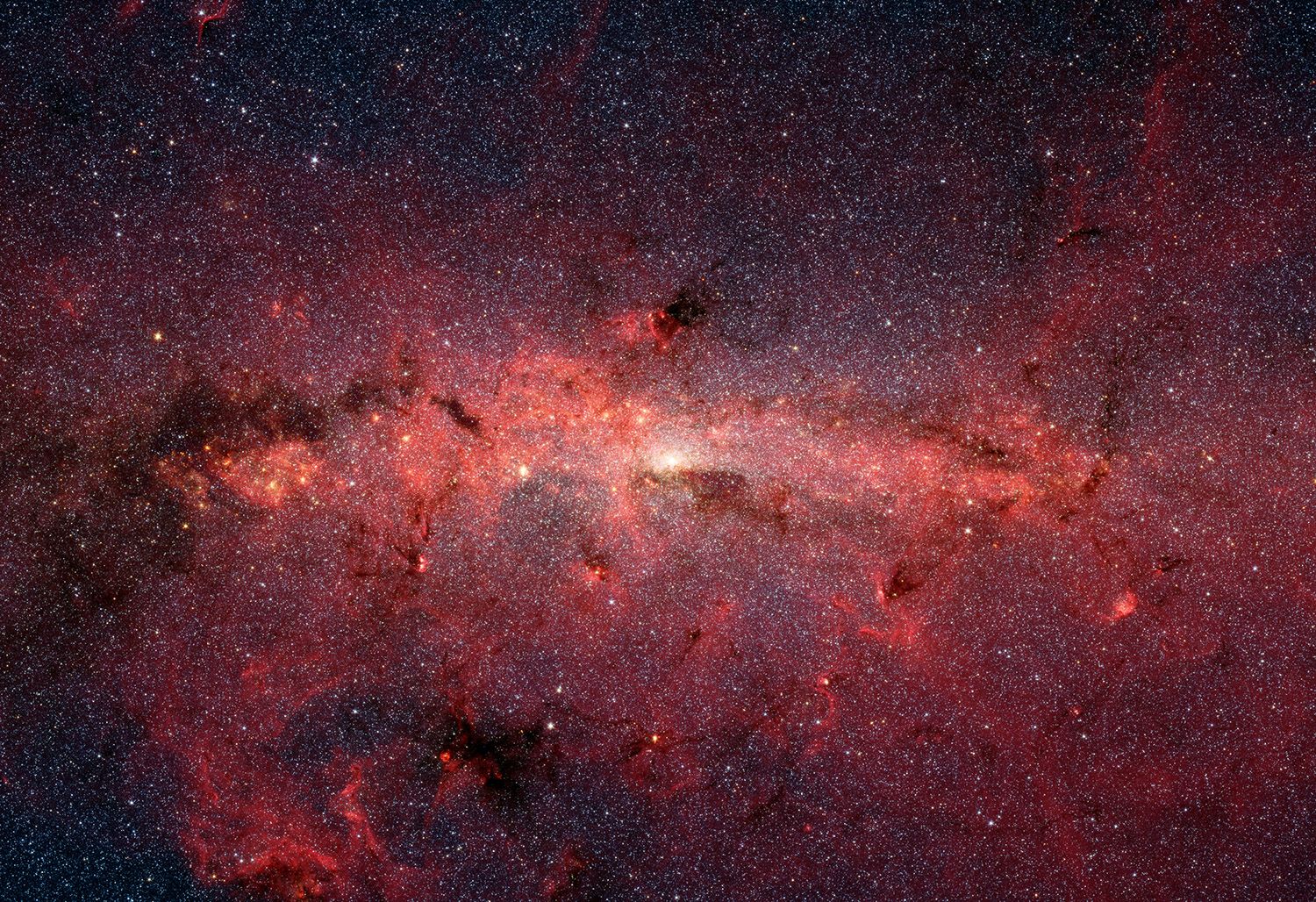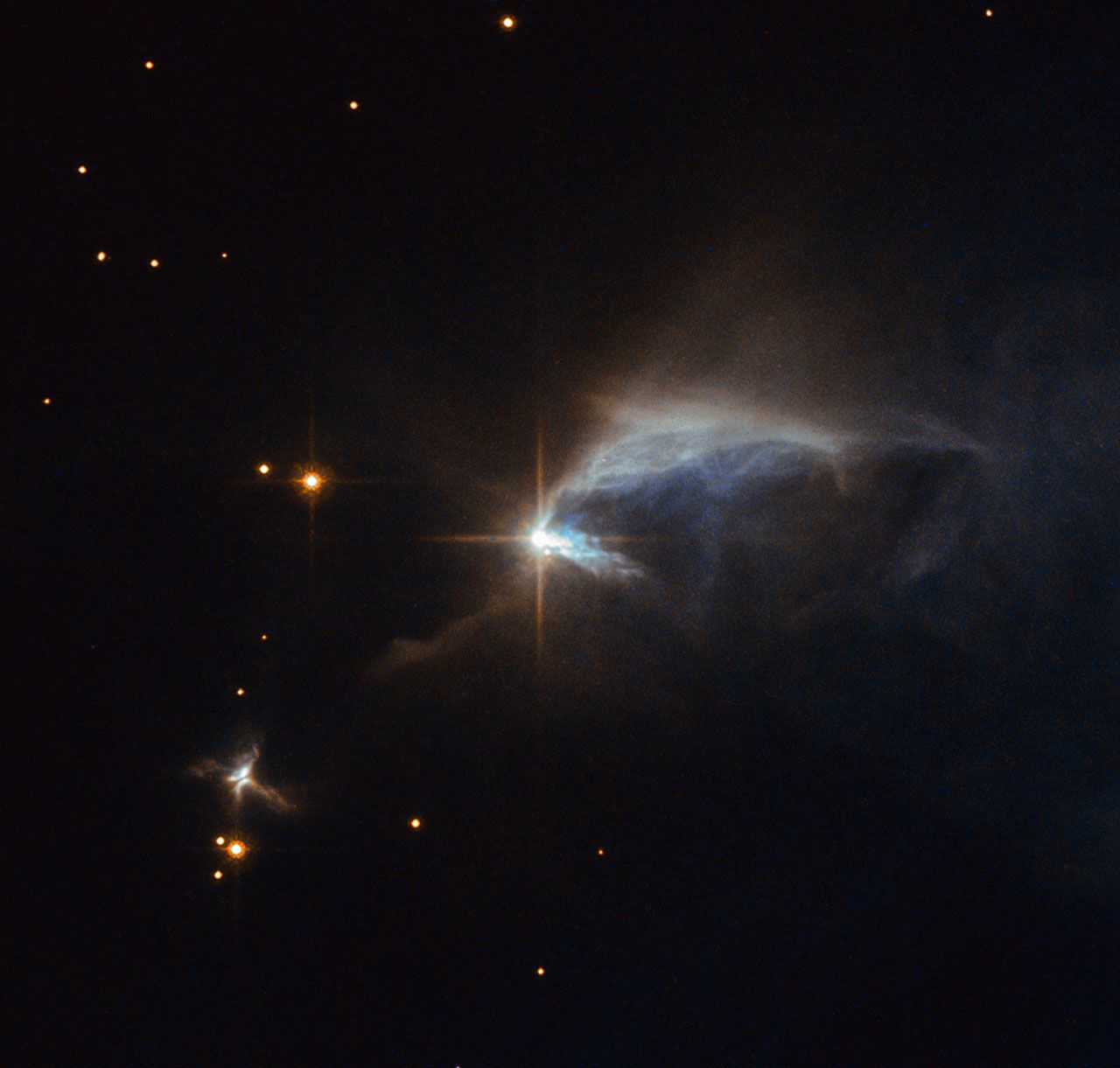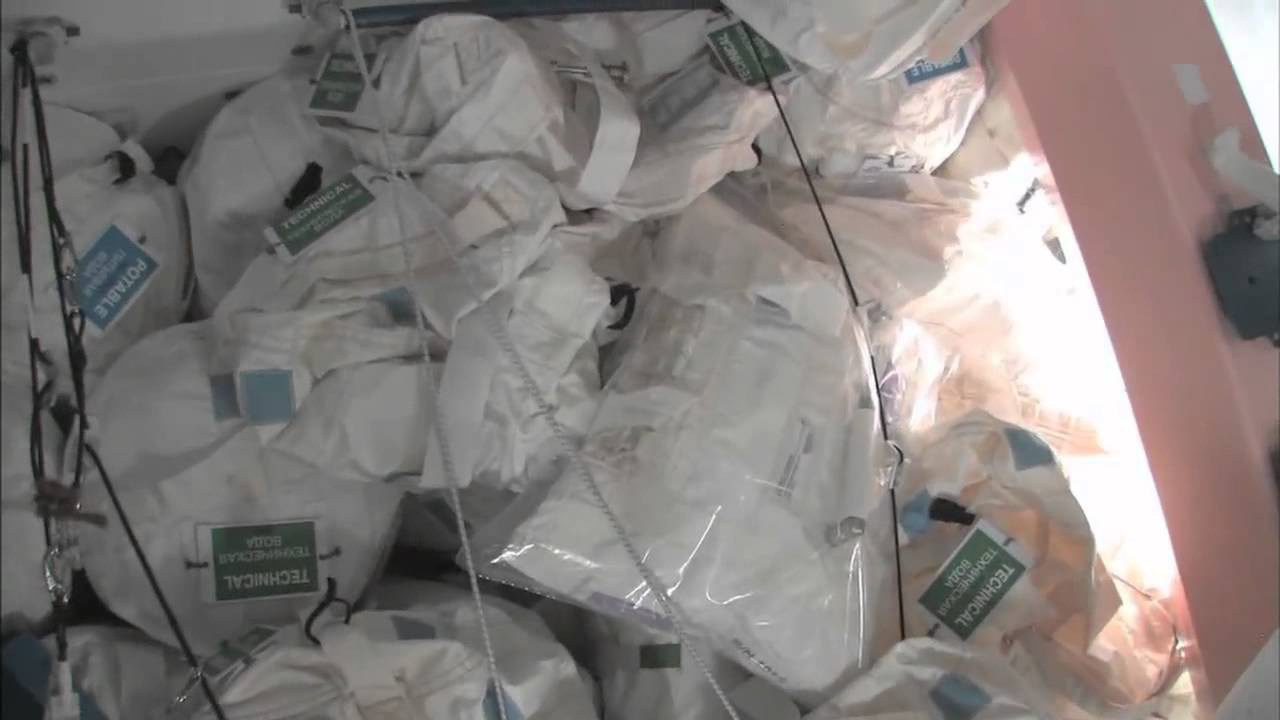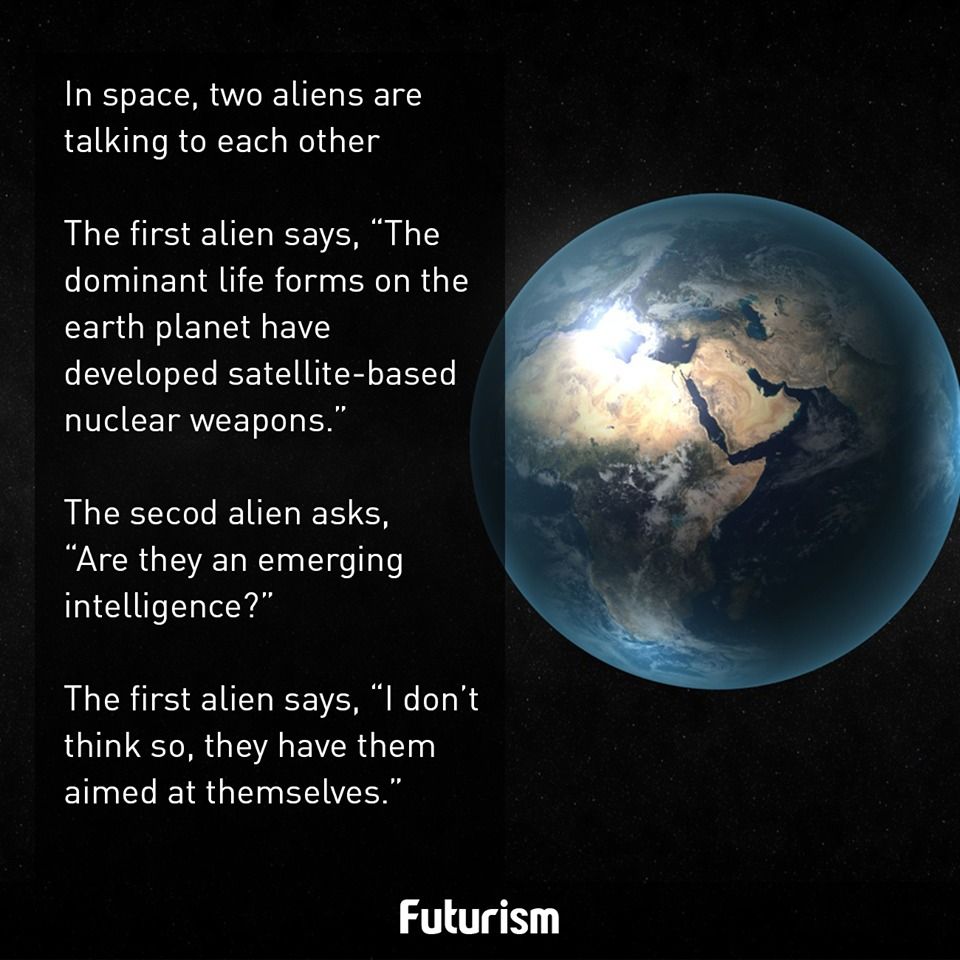The author of “Alien Minds”, Susan Schneider of the University of Pennsylvania, has proposed a “greater age of alien civilizations” argument that says that “if extraterrestrial civilizations are millions or billions of years older than us, many would be vastly more intelligent than we are. By our standards, many would be superintelligent. We are galactic babies.”
Category: alien life – Page 141
Venus, sometimes called Earth’s twin, is a hauntingly beautiful planet that likely had past microbial life a prominent astrobiologist asserts. If so, we need to go find it. NASA is developing the tech to withstand the high pressures and temperatures to do such a surface search.
I say there’s no excuse; Venus is closer than Mars; and while Mars may have harbored life as did Ceres, finding evidence of past life on Venus and then Mars later this century would mean that life itself evolves pretty readily.
Venus likely harbored past microbial life, if not on its exposed surface, then in the planet’s potential warm early oceans and hot pools of liquid water, Dirk Schulze-Makuch, a Washington State University astrobiologist now tells me.
Schulze-Makuch is less certain whether such long-dead microbes actually would have originated on Venus itself or have been delivered via meteorites from our own early Earth. But he does think it’s worth using a future Venus surface rover to look for such microfossils and/or their isotopic byproducts.
Stephen Wolfram, the inventor of the mathematical programming system Wolfram Language, thinks there might be intelligent life, of a sort, in the digits of pi. He spoke recently at the SETI Institute about what his “principle of computational equivalence” means for non-human intelligence — check out the heady hour-and-a-half lecture below.
The key thread running through his concept is that simple rules underpin complex behavior. For Wolfram, the pigmentation patterns on a mollusk shell, for example, aren’t necessarily the outcome of deliberate evolutionary forces. “I think the mollusk is going out into the computational universe, finding a random program, and running it and printing it on its shell,” Wolfram says in the lecture. “If I’m right, the universe is just like an elaborate version of the digits of pi.” (There is some debate, of course, over just how right Wolfram is — though you won’t really get that from the lecture.)
To show how this simplicity-begetting complexity relates to aliens, Wolfram draws from the end of Carl Sagan’s Contact). Spoilers (for a book): after communicating with the alien intelligence, astronomer Ellie Arroway finds in the digits of pi an image of a circle. She takes it as a sign of intelligence baked into the universe. Because the digits are both random and infinite, this also means that within pi “combinatorially there exists the works of Shakespeare and any possible picture of any possible circle,” Wolfram says.
Google’s VP Vint Cerf states in the future that “The brain will be digitally altered by software”.
Considered one of the fathers of Internet, renowned in the computer industry, awarded with the highest award of US government, co-creator of TCP/IP internet and current vice president of Google, the Phd Vint Cerf emerges as one of the most authoritative voices in the world to reflect on new technologies around the world.
The computing Scientific who the United States commissioned along with Bob Khan the creation of a network protocol that will interconnect computers in 1973 in the age of cold war who at the age of 20 will work on F-1 engines used as propellant rocket of Saturn V rocket that “visited” the moon, apart from his academic skills, he can be characterized as a very simple person having fine and good sense of humor and very elegant, like someone from an European royalty party, definitely a different personality and image projecting into the collective imagination a professional of his career.
Reflections about internet of things, the possibility of extraterrestrial life, scanning the brain, space internet and even the possibility that humans can communicate with animals were the subjects Cerf answered who recently toured South America sharing time with inhabitants of end of the world.
Astronomers at the University of Auckland claim that there are actually around 100 billion habitable, Earth-like planets in the Milky Way — significantly more than the previous estimate of around 17 billion. There are roughly 500 billion galaxies in the universe, meaning there is somewhere in the region of 50,000,000,000,000,000,000,000 (5×10 22 ) habitable planets. I’ll leave you to do the math on whether one of those 50 sextillion planets has the right conditions for nurturing alien life or not.
The previous figure of 17 billion Earth-like planets in the Milky Way came from the Harvard-Smithsonian Center for Astrophysics in January, which analyzed data from the Kepler space observatory. Kepler essentially measures the dimming (apparent magnitude) of stars as planets transit in front of them — the more a star dims, the larger the planet. Through repeated observations we can work out the planet’s orbital period, from which we can usually derive the orbital distance and surface temperature. According to Phil Yock from the University of Auckland, Kepler’s technique generally finds “Earth-sized planets that are quite close to parent stars,” and are therefore “generally hotter than Earth [and not habitable].”
The University of Auckland’s technique, called gravitational microlensing, instead measures the number of Earth-size planets that orbit at twice the Sun-Earth distance. This results in a list of planets that are generally cooler than Earth — but by interpolating between this new list, and Kepler’s list, the Kiwi astronomers hope to generate a more accurate list of habitable, Earth-like planets. “We anticipate a number in the order of 100 billion,” says Yock.
If the human race is to survive in the long-run, we will probably have to colonise other planets. Whether we make the Earth uninhabitable ourselves or it simply reaches the natural end of its ability to support life, one day we will have to look for a new home.
Hollywood films such as The Martian and Interstellar give us a glimpse of what may be in store for us. Mars is certainly the most habitable destination in our solar system, but there are thousands of exoplanets orbiting other stars that could be a replacement for our Earth. So what technology will we need to make this possible?
We effectively already have one space colony, the International Space Station (ISS). But it is only 350km away from Earth and relies on a continuous resupply of resources for its crew of six. Much of the technology developed for the ISS, such as radiation shielding, water and air recycling, solar power collection, is certainly transferable to future space settlements. However, a permanent space colony on the surface of another planet or moon adds a new set of challenges.
Inside a nondescript building at the Goddard Space Flight Center in Greenbelt, Maryland, NASA engineers are assembling the most powerful space telescope ever created. Once completed, the James Webb Space Telescope will be the largest space observatory in the known universe, with 100 times the seeing power of its predecessor, the Hubble Space Telescope.
In October 2018, the Webb will be launched into deep space with an ambitious mission. “Sometimes as analytical astronomers we shy away from saying, ‘We’re searching for life,’” says the deputy project scientist Dr. Amber Straughn. “But, that’s what we’re doing.” Atlantic senior editor Ross Andersen speaks with the NASA team seeking to answer some of our most fundamental questions: Where did we come from? Are there other life-sustaining planets out there? Are we alone in the universe?
